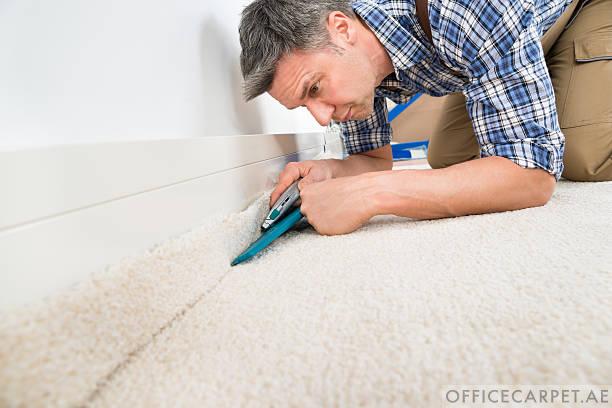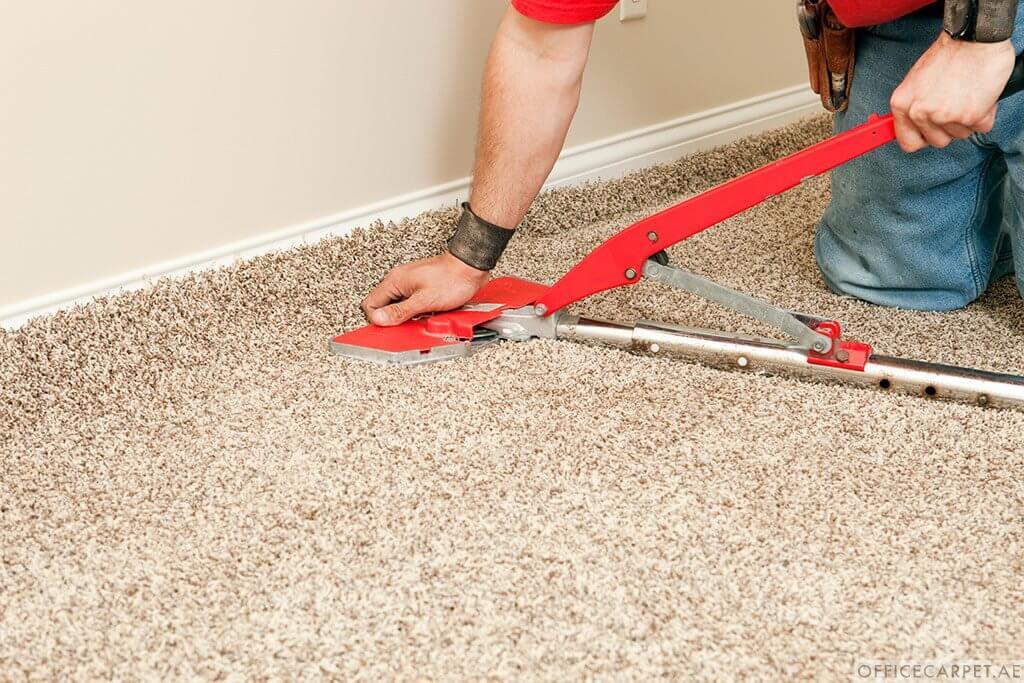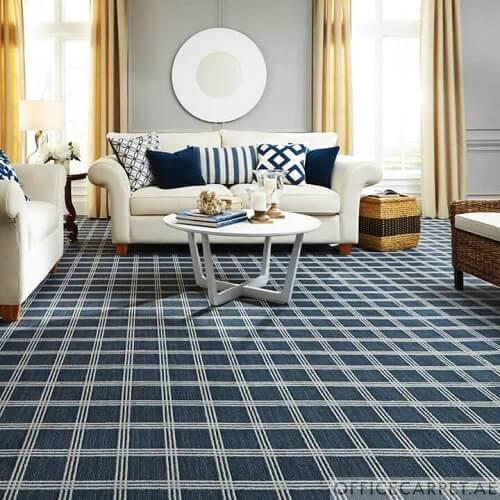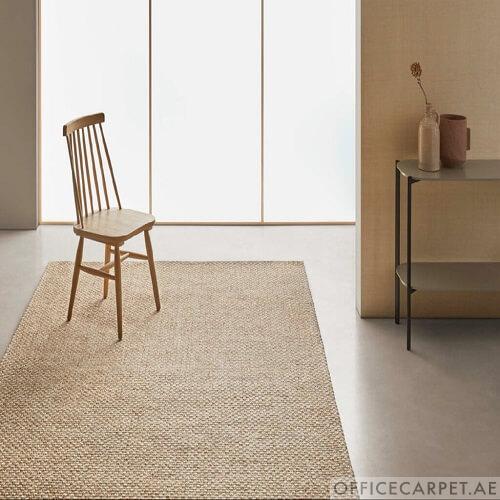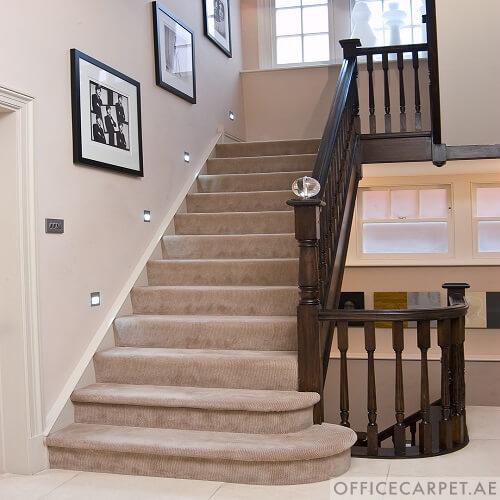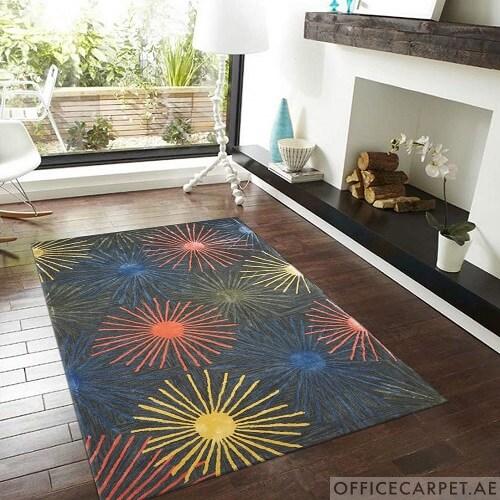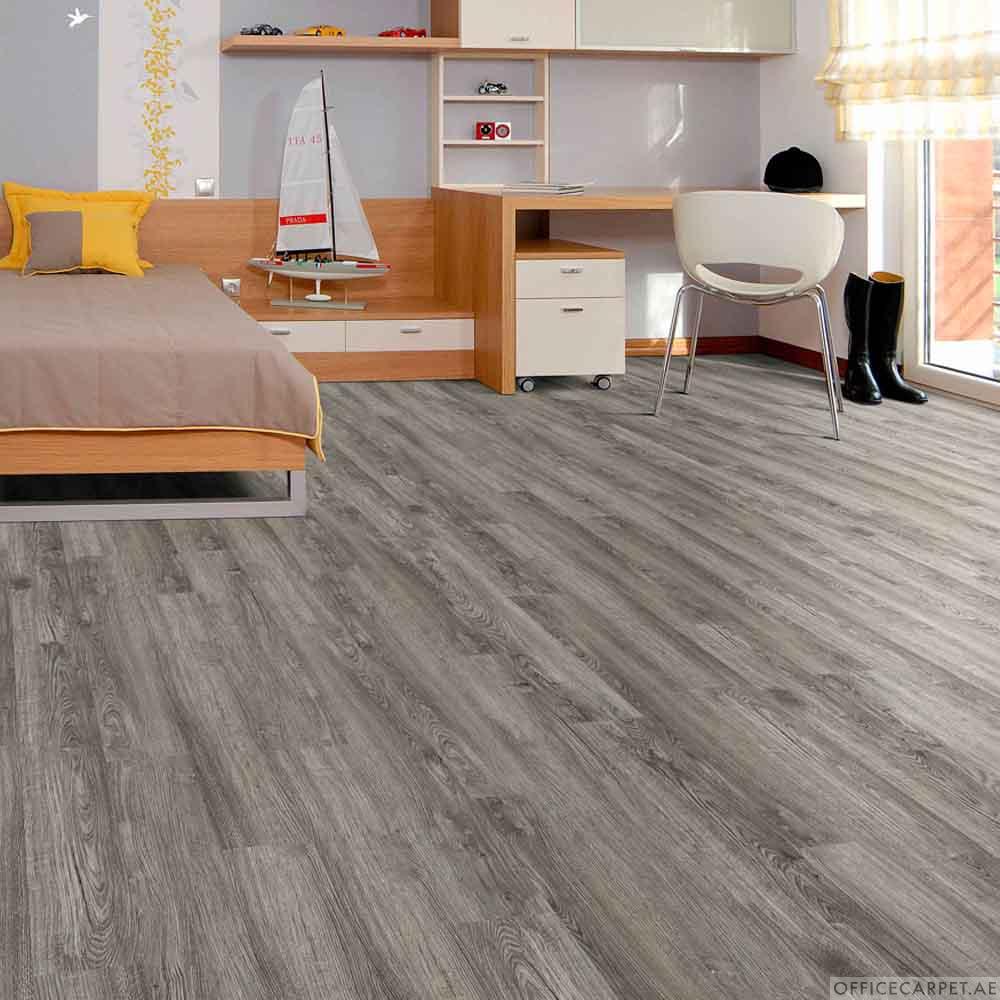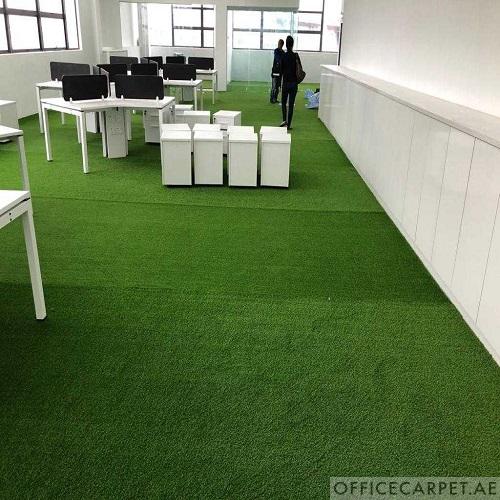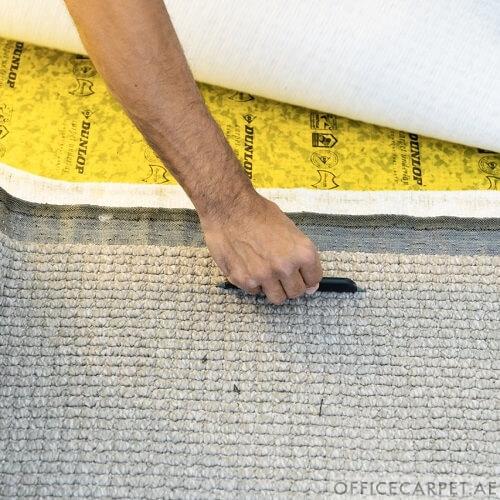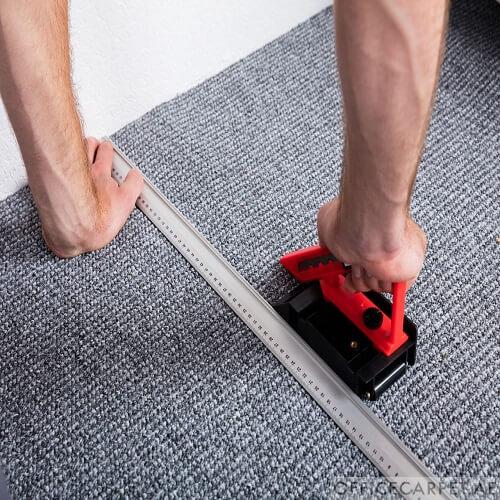Carpet Installation
CARPET INSTALLATION
Carpets are floor coverings made from a variety of materials, including wool, nylon, polyester, and others. They are typically made by weaving or tufting fibers into a backing material, creating a pile that provides a soft and comfortable surface to walk on. Carpets can be found in a wide range of colors, patterns, and styles, making them a versatile and popular choice for both residential and commercial spaces.
Carpets offer several benefits, including:
- Comfort: Carpets provide a soft and comfortable surface to walk on, making them ideal for homes and offices.
- Sound insulation: Carpets can help to absorb sound and reduce noise levels in a space, making them a good choice for homes and offices.
- Warmth: Carpets provide insulation and help to retain heat, making them a good choice for colder climates.
- Safety: Carpets can help to prevent slips and falls, making them a good choice for homes and offices.
- Aesthetics: Carpets come in a wide range of colors, patterns, and styles, allowing you to choose a carpet that suits your personal taste and the style of your space.
- Easy maintenance: Many carpets are easy to clean and maintain, and they can be spot cleaned or professionally cleaned as needed.
Carpets have been used for centuries, and they continue to be a popular choice for many different types of spaces. When choosing a carpet, it is important to consider factors such as the type of traffic the carpet will receive, the style of the space, and your personal preferences and budget.
Carpet installation is the process of laying down a carpet in a specific space, such as a room or a staircase. The installation process typically involves the following steps:
- Preparing the surface: The surface where the carpet will be installed must be cleaned, leveled, and prepared for the carpet. Any old carpet or flooring must be removed, and any uneven spots or gaps in the floor must be filled and leveled.
- Measuring the space: The installer will measure the area to determine the exact amount of carpet needed. They will also determine the direction of the carpet pile and the location of any seams.
- Cutting the carpet: The carpet will be cut to the proper size and shape, taking into account the location of seams and the direction of the pile.
- Laying the carpet pad: A carpet pad, or underlayment, will be laid down to provide a cushion for the carpet and to extend its life. The pad will be cut to the same size as the carpet and will be secured in place with carpet tape or adhesive.
- Installing the carpet: The carpet will be laid down on top of the carpet pad and secured in place with carpet tape or adhesive. The installer will make sure the carpet is stretched tight and that any seams are properly aligned and secured.
- Finishing the installation: The carpet will be trimmed to fit around the edges of the room, and any excess carpet or carpet pad will be removed. The carpet will then be vacuumed to remove any loose fibers and to ensure a smooth, even pile.
The process of carpet installation can vary depending on the type of carpet, the size and shape of the space, and the specific requirements of the project. It is important to hire a professional carpet installer to ensure the carpet is installed properly and to minimize the risk of damage or defects.
A: Wall to wall carpet installation involves installing a carpet that covers the entire floor of a room from wall to wall. It is typically done by a professional carpet installer using specialized tools and techniques.
A: To prepare your room for wall to wall carpet installation, remove all furniture and any existing flooring. Make sure the subfloor is clean, level, and free of any debris or damage. It's also a good idea to paint or wallpaper the walls before installation.
A: To measure for wall to wall carpet installation, measure the length and width of the room, including any nooks or alcoves. Add an additional 10% to account for waste and cutting, then select the appropriate size and shape of carpet for your spac
A: Professional wall to wall carpet installation ensures that your carpet is installed correctly, with no wrinkles or gaps. It also helps to prevent damage to your subfloor or walls, and can save you time and hassle in the long run.


